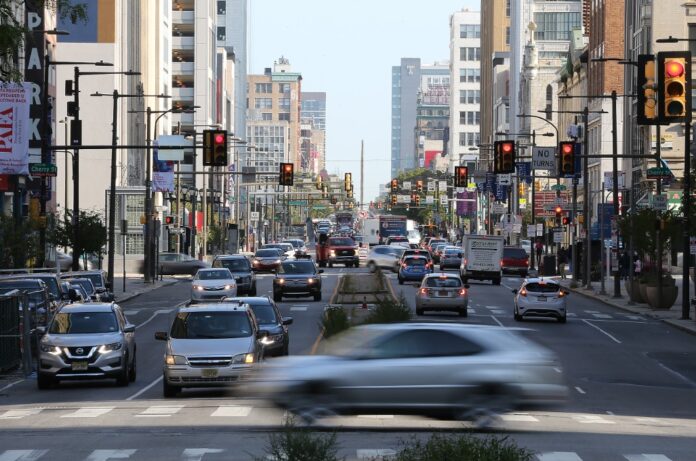
Driving in Philadelphia poses significant challenges, including navigating its densely populated areas, dealing with narrow streets, and managing high traffic volumes.
This urban setting leads to a high incidence of vehicular accidents; in 2020, the city witnessed over 10,000 car crashes, which resulted in numerous fatalities and injuries.
Although not every accident can be avoided, practicing defensive driving techniques can lessen the likelihood of a collision. These techniques equip drivers with the skills to anticipate potential hazards, improving safety for themselves, their passengers, and others on the road.
Despite the best efforts to drive cautiously, accidents can occur due to others’ negligence. In such situations, securing legal services for car crashes in Philadelphia is essential. An adept attorney can provide crucial guidance through the compensation claim process, helping victims recover costs for medical care, lost income, and other related damages.
Defensive driving combined with the expertise of a proficient legal team empowers Philadelphia drivers to better safeguard their well-being on the road and ensure their rights are upheld in the aftermath of an accident.
Maintaining a Safe Following Distance
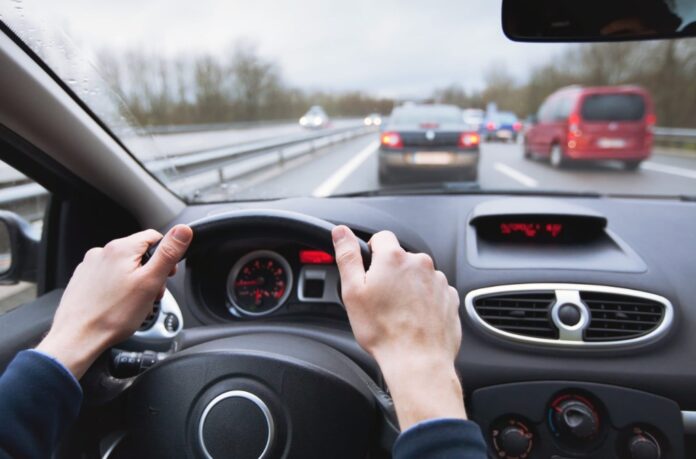
One of the most fundamental principles of defensive driving is maintaining a safe following distance from the vehicle in front of you. This allows you to have sufficient time to react and avoid a collision if the lead vehicle suddenly slows down or stops.
The recommended distance varies depending on your speed, road conditions, and vehicle type. A good rule of thumb is to maintain a distance of at least three seconds between you and the vehicle ahead.
To gauge this, pick a fixed point on the road (such as a sign or overpass) and start counting when the lead vehicle passes it. If you reach the same point before counting to three, follow more closely.
Scanning the Road for Potential Hazards
Defensive driving entails vigilant scanning of the road ahead to identify potential hazards well in advance. This proactive approach involves looking past the immediate vehicle in front to foresee possible dangers from a distance, significantly enhancing road safety. Key hazards to watch for include:
- Vehicles executing sudden lane changes or merges.
- Brake lights signal to slow or halt traffic.
- Pedestrians, cyclists, or animals might enter the road.
- Road obstructions like potholes, debris, or unexpected obstacles.
- Traffic signs or signals necessitating speed or directional adjustments.
Practicing Situational Awareness
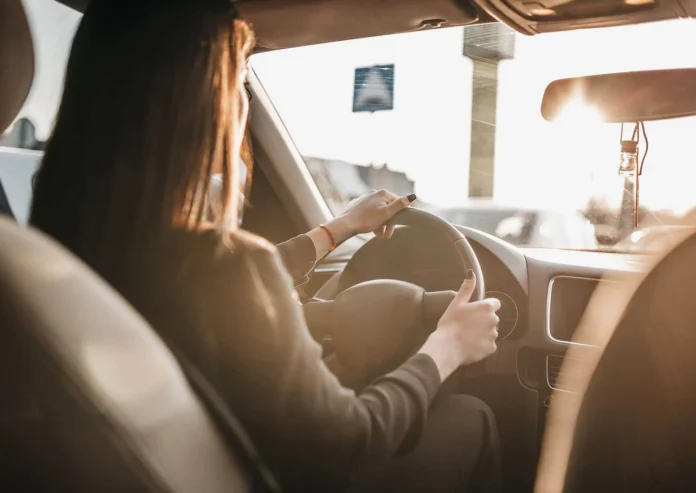
Situational awareness is critical in defensive driving, enabling drivers to perceive, understand, and react to their surroundings effectively.
This skill involves constant vigilance of the immediate vicinity, including other vehicles and potential hazards, and a broader understanding of the overall traffic flow and road conditions.
Essential practices include regularly checking mirrors to keep track of vehicles around you, paying close attention to traffic signs and road markings, and observing the behavior of other road users to predict their actions. It also entails being mindful of your condition and recognizing factors like fatigue or stress that might impair your driving capabilities.
Maintaining high situational awareness is crucial for navigating the unpredictable driving environment of cities like Philadelphia. It allows drivers to identify potential dangers swiftly and make informed decisions to mitigate risks.
Whether adjusting speed in response to changing road conditions, anticipating the actions of pedestrians and cyclists, or managing one’s state to prevent distractions, a heightened sense of awareness contributes significantly to road safety.
Adopting such attentive driving habits ensures your well-being and that of others sharing the road, promoting a safer driving culture for everyone.
Communicating Your Intentions Clearly
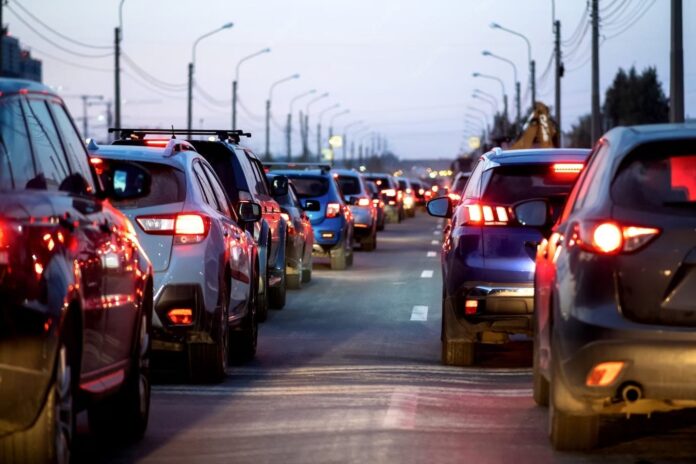
Effective communication on the road is a cornerstone of safe driving, enabling others to anticipate your next move. Properly using turn signals is fundamental, signaling your intentions to change lanes, turn, or merge well in advance.
This facilitates smoother traffic flow and significantly reduces the likelihood of accidents caused by sudden, unexpected movements. However, communication extends beyond just signaling; it’s about making your intentions as straightforward as possible to everyone sharing the road.
Beyond turn signals, drivers can employ various methods to ensure their actions are understood. For instance, eye contact with pedestrians and cyclists can signal mutual recognition and intent.
Hand signals can be an effective alternative when turn signals are not visible or malfunctioning.
Additionally, a light tap on the brakes can alert followers to upcoming slowdowns while avoiding erratic maneuvers to help maintain a predictable driving pattern.
These practices contribute to a cooperative road atmosphere, minimizing misunderstandings and enhancing user safety.
Adjusting to Changing Road Conditions
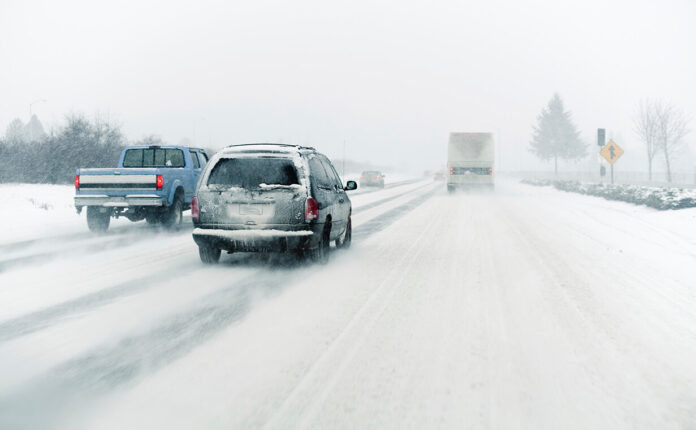
Defensive driving in Philadelphia demands adaptability to constantly changing road conditions. From weather variations to construction disruptions, drivers face numerous challenges that can impact safety. Here’s how to navigate these changes effectively:
- Anticipate and prepare for diverse conditions like heavy rain, snow, potholes, uneven roads, or construction zones that could affect driving.
- Reduce speed to suit the environment, ensuring safer handling and longer stopping distances.
- Increase the following distance to give yourself ample reaction time to unforeseen hazards.
- Use headlights and windshield wipers as necessary to enhance visibility in poor weather conditions.
- Practice smooth driving techniques, avoiding abrupt maneuvers or hard braking to prevent skidding.
- Stay vigilant for signs, signals, and road markers indicating alterations in traffic patterns or road conditions.
Knowing When to Yield the Right of Way
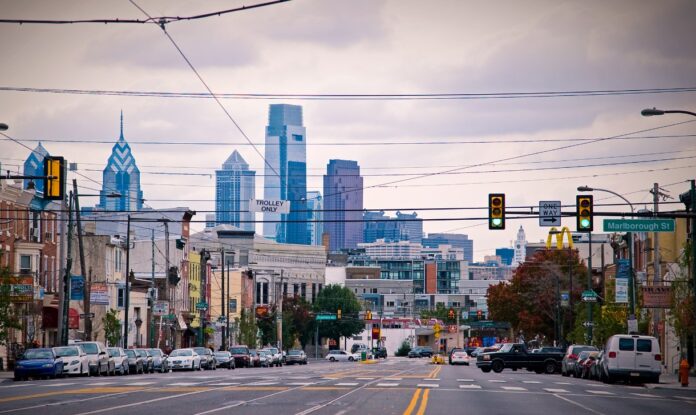
Understanding and adhering to right-of-way laws is crucial for preventing accidents in Philadelphia, where the bustling streets are often a complex weave of vehicles and pedestrians.
These laws clearly outline who is entitled to move first in various traffic scenarios, including intersections, crosswalks, and lane merges. Unfortunately, many collisions stem from drivers’ failure to yield the right of way, underscoring the need for vigilance and courtesy in these situations.
Defensive driving entails more than just knowing the laws; it involves a readiness to yield, prioritizing safety over insistence on legal rights. Whether it’s stopping at a red light, allowing pedestrians to cross safely, facilitating smooth merges, or clearing the way for emergency vehicles, these actions significantly prevent accidents.
Adopting a mindset that respects the right of way and chooses to yield when in doubt fosters a safer, more harmonious traffic environment in Philadelphia, where the unexpected is part of daily commutes.
Seeking Legal Support When Accidents Happen
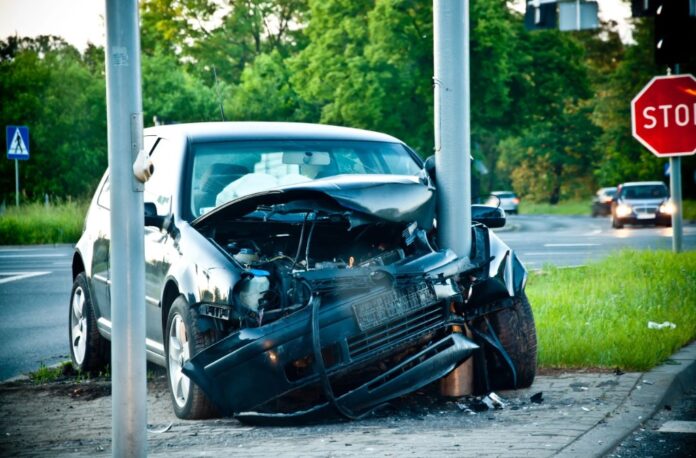
Even the most cautious, defensive drivers can find themselves involved in accidents. When such incidents occur, securing legal support is crucial to safeguarding one’s rights and facilitating recovery.
Philadelphia’s legal landscape allows injured drivers to seek compensation for damages incurred due to someone else’s negligence. This compensation can cover medical bills, lost earnings, pain and suffering, and property damage, providing essential support during recuperation.
Handling the complexities of personal injury claims after a car crash can be overwhelming. The physical and emotional toll of the accident magnifies this challenge. At this juncture, a legal professional’s expertise becomes indispensable.
A seasoned attorney in Philadelphia specializing in car accident injuries can offer comprehensive support, from evidence collection and insurance negotiations to courtroom representation.
Enlisting a skilled legal team promptly ensures injured drivers can concentrate on their recovery, confident that their rights are being defended. An experienced attorney advocates on their behalf and connects them with necessary medical and support services. With dedicated legal assistance, drivers have the resources to achieve a favorable resolution, allowing them to move forward from the accident.








